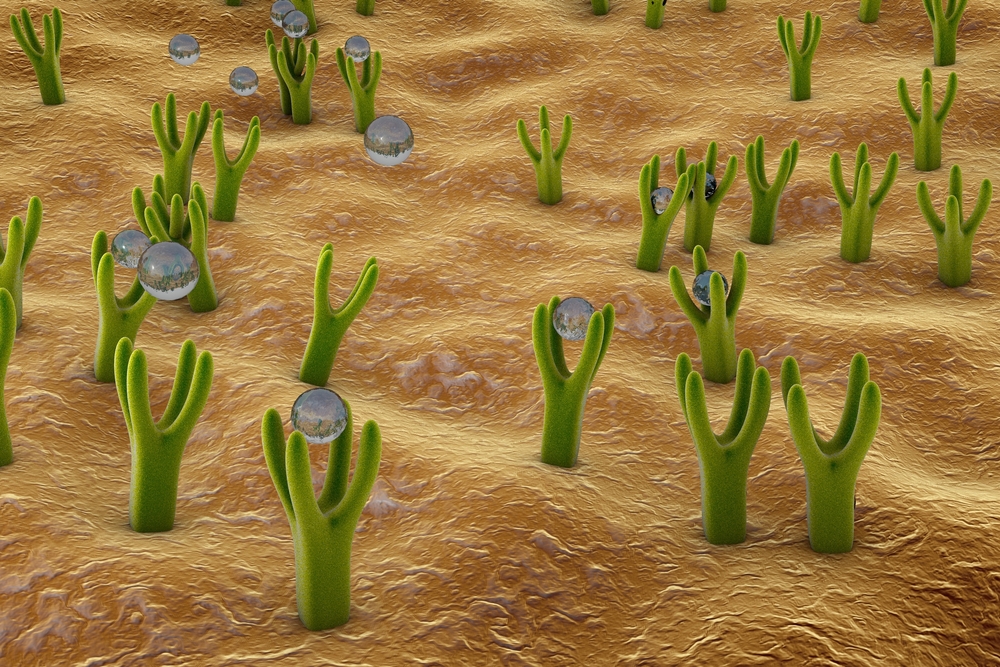Protein Clumps in Alzheimer’s Share Features with Parkinson’s and Huntington’s, Study Finds

Researchers have discovered a common link between abnormal proteins that cause damage to brain cells in Alzheimer’s (AD), Parkinson’s (PD) and Huntington’s (HD) disease patients. The discovery could help scientists understand the mechanism by which these neurodegenerative diseases spread, and possibly lead to a therapy that targets multiple diseases, according to a new study.
The study, “Endocytic vesicle rupture is a conserved mechanism of cellular invasion by amyloid proteins,” was published in the journal Acta Neuropathologica.
All three are progressive and incurable neurodegenerative disorders caused by the death of diverse types of brain cells, including neurons. Different diseases affect different regions of the brain. Alzheimer’s impairs learning and memory, and Parkinson’s and Huntington’s mostly affect movement.
Protein clumps are found inside brain cells of people with all three diseases. These clumps are the result of abnormal protein formation and can spread from cell to cell, ultimately causing cell death. Different proteins form aggregates in each disease: tau in AD, alpha-synuclein in PD, and huntingtin in HD.
“A possible therapy would involve boosting a brain cell’s ability to degrade a clump of proteins and damaged vesicles,” Edward Campbell, PhD, the study’s senior author and an associate professor in the Department of Microbiology and Immunology at Loyola University Chicago Stritch School of Medicine, said in a press release. “If we could do this in one disease, it’s a good bet the therapy would be effective in the other two diseases.”
The research team studied the mechanism by which the protein clumps invade healthy brain cells. The results revealed that upon entering the cells, protein aggregates are compartmentalized in vesicles, or small containers encased in membranes. As the proteins rupture the vesicles’ membrane, they are able to exit and cause additional damage.
William Flavin, PhD, the study’s first author, said that the similar results across the three diseases were unexpected. The researchers initially focused on alpha-synuclein. To their surprise, tau and huntingtin caused the same type of damage to the cell vesicles.
The study demonstrated the ineffective cell response to the protein clumps. Although the cell targets both the ruptured vesicles and the protein aggregates, the proteins are able to resist degradation. “The cell’s attempt to degrade the proteins is somewhat like a stomach trying to digest a clump of nails,” Campbell said.
This common mechanism could potentially explain the spreading of disease processes and the disruption of normal brain functions in Alzheimer’s, Parkinson’s, Huntington’s and other neurodegenerative diseases. Although the study’s findings need to be confirmed in future studies, they suggest that a common therapy for diverse neurodegenerative diseases could be developed.






